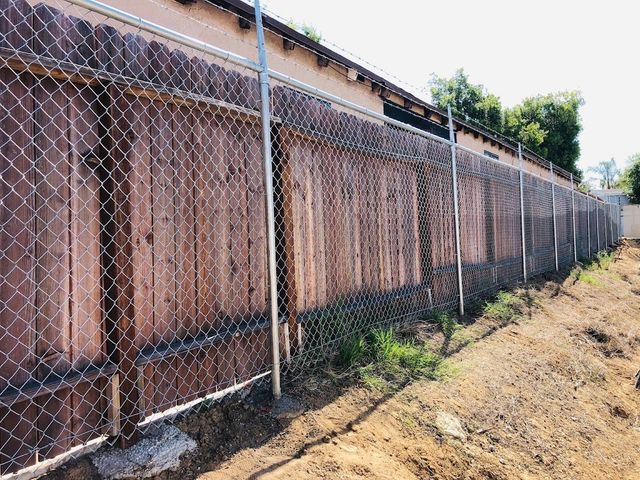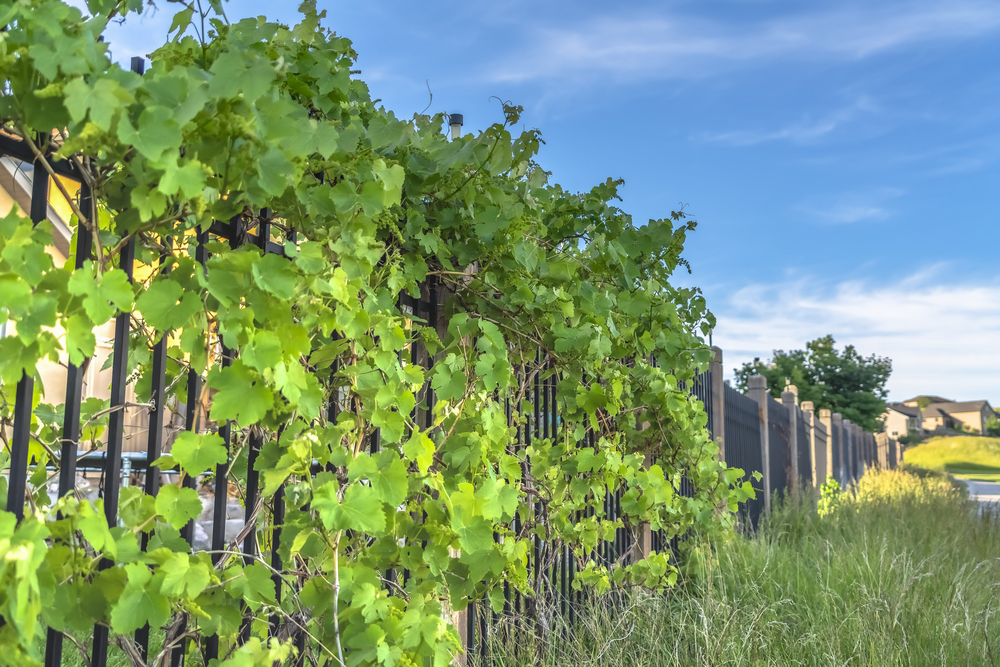All Categories
Featured

A wood fence can be an eye-catching addition to your home, supplying both privacy and curb charm. Nevertheless, to keep its appeal and functionality, it requires normal upkeep, particularly when it involves painting or discoloration. Whether you choose the timeless appearance of paint or the natural look of a tarnish, these coatings secure your wooden fence from the aspects and prolong its lifespan. Exactly how frequently should you repaint or tarnish your wooden fence? Allow's discover the aspects that affect this decision and help you create a maintenance strategy.
Factors That Affect Painting and Tarnishing Regularity. The regularity at which you require to paint or tarnish your fence is influenced by numerous variables, including your climate, the kind of wood, and the coating you choose. Comprehending these variables can assist you establish a much more exact schedule for your fence's maintenance.
- Climate and Climate Issues. The regional climate condition in your area will have a substantial effect on exactly how quickly your fence requires focus. In areas with severe weather condition, the fence will certainly experience more deterioration, requiring more regular upkeep.
Hot, Sunny Climates: Straight sunshine can trigger wood to dry out and come to be brittle, resulting in cracking and fading. You might require to paint or restain every 2 to 3 years to maintain its look and safeguard it from UV damages if your fence is revealed to extreme sunlight. Rainfall and Humidity: Locations with regular rainfall or high moisture can result in moisture leaking into the wood. This can create the timber to swell, rot, or establish mold and mildew and mold. In such environments, staining or painting every 1 to 2 years is commonly necessary to keep the timber secured and protected. Cold, Cold Temperatures: If your fence is revealed to freezing temperature levels, the timber might broaden and contract with the adjustments in temperature level. This can stain or trigger the paint to peel and crack. In cool climates, fences typically need to be repainted or restained every 3 to 5 years. 2. Sort of Timber. The kind of timber your fencing is made from will certainly impact just how regularly it needs paint or staining. Various timbers react in a different way to weather, moisture, and UV rays.
Cedar and Redwood: These timbers are normally resistant to decay and insect damages, making them a lot more sturdy than various other woods. They might still need discoloration every 2 to 3 years to preserve their color and secure them from the sunlight's harsh rays. Pine and Fir: Softwoods like yearn and fir are a lot more vulnerable to absorbing wetness and fading in time. You may need to discolor or paint these timbers regularly-- concerning every 1 to 2 years-- to avoid water damage and keep them looking fresh. Pressure-Treated Timber: Pressure-treated timber stands up to rot and pest damage yet can still take in wetness. It's advised to apply a stain or sealant every 2 to 3 years to maintain the wood secured. 3. Tarnish vs. repaint. The kind of surface you select for your fencing-- paint or discolor-- affects exactly how typically you will need to touch it up.

Paint: Paint forms a thick, safety layer externally of the timber. It's good at obstructing out UV rays and wetness, however over time it can peel off, crack, or fade. Usually, a painted fencing needs to be painted every 3 to 5 years, depending on exposure to the elements. Stain: Tarnish soaks into the timber, providing a more natural look while still offering defense from dampness and UV rays. Stain normally needs to be reapplied every 2 to 3 years, as it often tends to fade faster than paint, especially when subjected to direct sunlight. 4. Signs Your Fencing Demands a Fresh Layer. Also if you don't adhere to a set timeline for painting or staining, it is necessary to see for indications that show when your fence requires interest. Seek these usual indicators:
Fading or Discoloration: If your fencing is shedding its color or has actually transformed grey, it might be time to apply a fresh layer of tarnish or paint to recover its appearance. Breaking or peeling off: If the paint or discolor is peeling off or breaking, your fencing is no longer fully secured, and water may be able to permeate into the wood. This can result in rot or mildew. Water Saturating In: You can execute a basic water examination by sprinkling some water on your fencing. If the water beads up, the finish is still working. If it soaks in, it's time to repaint or restain. 5. Proper Maintenance for Long Life. To prolong the life of your fencing and make certain the very best outcomes, take time to prepare the surface area prior to using paint or tarnish. Tidy the fence completely, getting rid of dirt, mildew, mold, and particles. Fix any kind of splits or damages to the timber prior to beginning the discoloration or painting process.
Pick a completely dry, moderate day for applying your surface. Stay clear of doing this on exceptionally warm, chilly, or damp days, as it can trigger the paint or discolor to dry as well swiftly, leaving touches or an uneven surface. Comply with the supplier's directions for the finest application techniques, and always allow the wood to completely dry totally in between coats.
Verdict. As a whole, a wood fence ought to be painted or discolored every 2 to 3 years, though the frequency can differ depending on your environment, the kind of timber, and whether the fencing is repainted or tarnished. Regular upkeep aids shield the timber from damages caused by moisture, sunlight, and rainfall, guaranteeing your fencing remains solid, practical, and eye-catching. By staying on top of fence care, you can enjoy its beauty for years to find, without the concern of early deterioration.
Latest Posts
Dependable Industrial Roof Solutions by Weathercraft
Published May 26, 25
1 min read
Join Your Financial Partner at WyHy – Top Benefits for Your Future
Published May 20, 25
1 min read
Uncover Cut Costs on Car Maintenance with Montclare Auto Repair’s Limited-Time Deals
Published May 19, 25
1 min read